by TheOGM
Published on August 23rd, 2012
Northern BC’s Energetic Cities: The Right Place to Do Business and Have Fun
If the town you live in has a special character and a unique face, it always inspires respect in others and makes you proud. Residents of Fort St. John, located in the heart of the magnificent Peace River country, hold their heads high for the city as the largest and most convenient one in British Columbia’s northeast region, and proudly call it “The Energetic City.”
The name very likely reflects not only the spectacular natural resource potential of the city, sitting on tremendous oil and natural gas reserves, but also the vitality of its residents who are keen to live and work in a community that gives back so much.
Established in 1794 by explorers and fur traders, Fort St. John has grown with opportunities such as the completion of the Alaska Highway and the discovery of high-grade oil in 1951. These forebears created a strong spirit of exploration and innovation and set the city on the path to being British Columbia’s Oil and Gas Capital.
For the past several years, exploration and production activity has moved at a record-setting pace, with much of the region’s natural gas deposits, estimated at among the largest in North America, still untapped. About 450 billion cubic meters of marketable gas reserves have been identified so far, and an estimated 650 billion cubic meters have yet to be discovered.
The development of oil and gas resources in the early 1970s created a genuine economic and demographic explosion in Fort St. John. Today, hundreds of large and small pipeline, well-site construction, trucking and seismic companies are at work in the city, delivering crucial support to the industry.
The companies provide jobs for more than 19,000 people—skilled employees, entrepreneurs, franchise owners, and wealth creators—mostly young families with children, who call Fort St. John home and render services to the other 60,000 people in outlying areas.
An excellent transportation network of air, rail, and highway links keeps Fort St. John plugged into major centers in British Columbia, Alberta, and beyond—making that safe, clean, and nourishing community an excellent place to live, raise families, do business, and have fun.
“Tons of fun!” as city residents would put it, rightly boasting about local recreation and leisure centers and facilities, including the North Peace Leisure Pool and Centennial Park, a strong arts community, amazing live theater, dance, music, and traveling shows.
One of the latest initiatives aimed at boosting leisure and recreation activities in Fort St. John this summer was a project called “Be a Tourist in Your Own Town.” Lots of partakers, wanting to rediscover their home city, became acquainted at the Visitors Center with the schedule of the latest events taking place around the area, and obtained shopping passports allowing great discounts in local businesses and attraction sites, and they enjoyed excellent meals cooked exclusively from local ingredients at the city’s best six restaurants.
Given the unflagging passion the residents of the Energetic City have for musical performances, in 2009, Fort St. John was designated as the “Music Capital of Northern BC.” Since that time, Fort St. John experiences an influx of musicians every year.
They come here to play at free open-air concerts in Centennial Park and other locations, and to enjoy yet another trademark of Fort St. John—northern hospitality, which crowns overall guests’ impressions and makes the Energetic City just the right place to be.
Fort Nelson
Situated at Mile 300 on the Alaska Highway, Fort Nelson is a major town and stopover destination for travelers leaving British Columbia for the Yukon and Alaska beyond. Named after Admiral Nelson, the original settlement in Fort Nelson was a North West Company fur trading post, established in 1805.
Fort Nelson’s economy was once based on the fur trade, but the modern thriving community of today relies heavily on lumber and natural gas as the mainstay of its economy.
On June 14, 2012, Fort Nelson grabbed the headlines on the national press due to the discovery made by the Apache Corporation of a tremendous gas reservoir. According to the company, it contains an estimated 48 trillion cubic feet of natural gas in the Liard Basin, located approximately 150 km north of Fort Nelson.
On behalf of local residents, Jeremy Cote, president of the Fort Nelson & District Chamber of Commerce, expressed optimism about the continued expansion of natural gas resources in northeastern BC. The continued stability and sustainability of a strong economy and the continued growth of businesses are also important factors. He has encouraged Apache and the Horn River Basin Producers to support the local community and services provided by the businesses in Fort Nelson.
Another real chance for the Fort Nelson community to make people’s voices heard is the 2012 Dawson Creek Energy Conference Trade Show. It will definitely be a window of opportunity for Fort Nelson residents to stay on top of the latest news in the energy industry and attract public attention to many issues crucial for the community, as for example, its long-lasting negotiations with the BC government over Fair Share revenues.
Fort Nelson wants to receive these payments and channel them for development of the local infrastructure in order to support local producers, businesses, and communities and to improve the life of the city.
Dawson Creek
Dawson Creek, a youthful and vibrant community, is strategically located in the center of the Peace Region. Dawson Creek is the natural transportation center for the entire Peace Region and Northern British Columbia.
The City of Dawson Creek has an “Open for Business” attitude. This attitude resonates throughout the business community making Dawson Creek not only the place to do business, but to live as well. This business-minded community has a diverse economy relying on agriculture, oil and gas, forestry, and tourism.
Over the past three years, Dawson Creek has seen over $72 million dollars worth of growth, a remarkable feat for a community of 12,500. With such success and prosperity, it is no wonder why Dawson Creek is called the Capital of the Peace.
“Open for business”—these are the signs which welcome people to Dawson Creek. The city council continues to work in conjunction with the Chamber of Commerce and the community, which has shown proven growth in the economic sector and for the balance in the quality of life for residents and their families.
For several years, the municipal tax rate has not increased. Dawson Creek’s progressive leadership, low property costs, and positive business climate, complemented by the skilled labor force and training opportunities, make the city an ideal location for everyone’s business.
The best opportunity for the local community to promote even further its “Open for Business” policy among key industry players will be at the 2012 Dawson Creek Energy Conference Trade Show. According to the preliminary agenda of the event, the city of Dawson Creek plans to familiarize the participants with what has been done recently in terms of making the city more sustainable and a better place to live.
For instance, the conference attendees can visit the city’s reclaimed water plant. “We all recognize the importance of water and the need to find long-term solutions for using such a limited resource,” said Mike Bernier, mayor of Dawson Creek. According to him, new facilities are an opportunity that benefits both the people of Dawson Creek and local industry.
The conference agenda also envisages a visit to the Oil and Gas Commission Resource Center where landowners, industry representatives, and the general public can learn more about the industry’s environmental remediation programs, economic benefits, and safety initiatives in British Columbia and in Dawson Creek.
Did you enjoy this article?



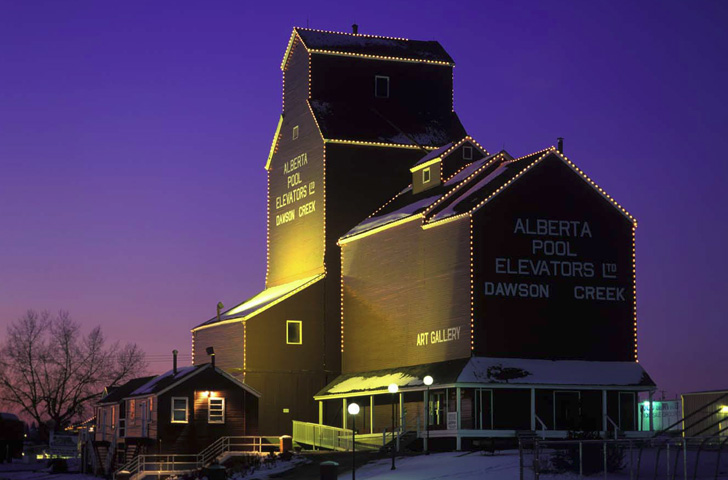
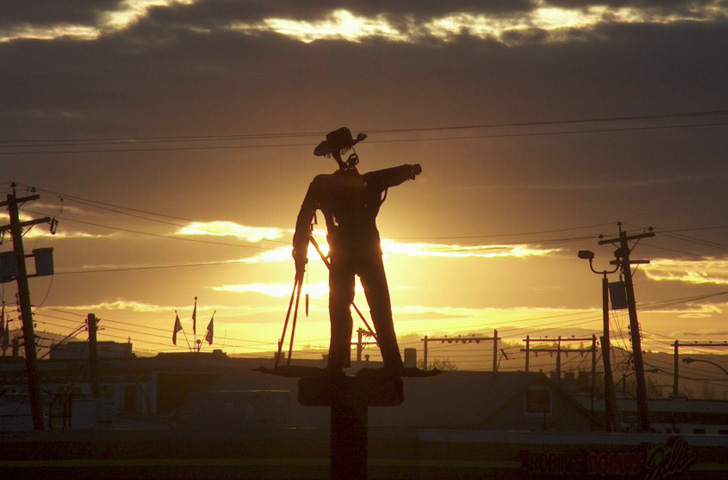
 Marine Energy - Producing Electricity from Low Velocity Currents
Marine Energy - Producing Electricity from Low Velocity Currents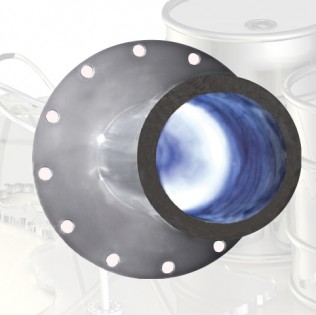 The Cleanest Burner in the Alberta Oil Sands
The Cleanest Burner in the Alberta Oil Sands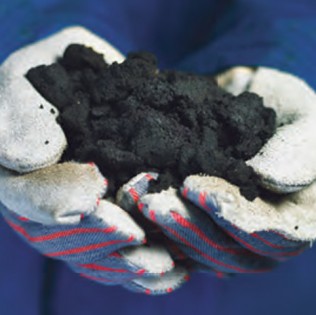 Alberta’s Clean Energy Story
Alberta’s Clean Energy Story Sustainable Energy - Dawson Creek Leads the Way for Canada
Sustainable Energy - Dawson Creek Leads the Way for Canada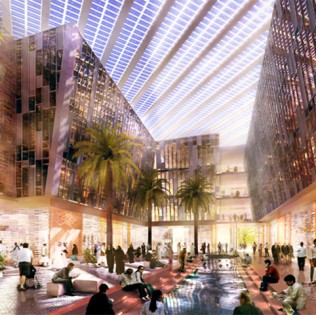 Don’t Even Think of Messing With Me
Don’t Even Think of Messing With Me
